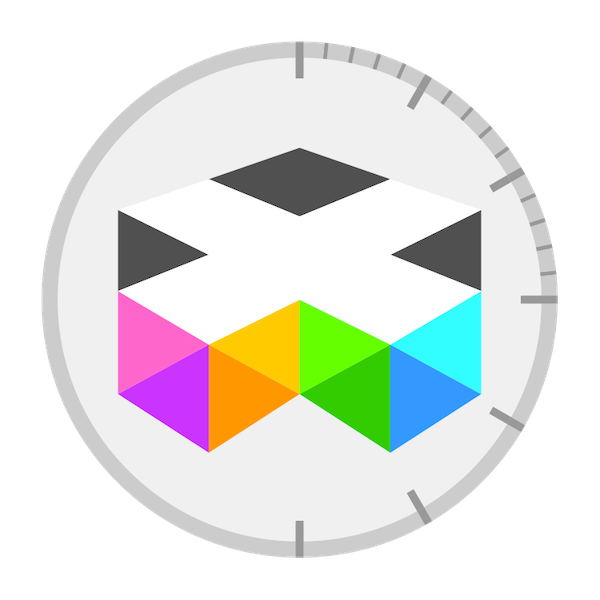Calendar Watches Saga 1 – The Origins
Calendar watches display information related with the repetitive cycles that rhythm our life on earth. It is question here of the day and the night, as well as the moon revolving around the earth, and of the earth around the Sun. And that’s enough here. Other watches display information about the motion of the stars and the other constellation. They belong to another kind of watches that can be presented as astronomic watches. It is not the case here as calendar watches are designed to be useful for the day-to-day life of the man living on this planet!
Thus a calendar watch designates a watch that displays at least the date, meaning the number within the month. Then, more indications can be added starting with the day, the month, the leap year on perpetual calendars, and finally the moon phase.
Coming back to the roots now, let’s remember that a calendar is a system fixing the beginning, length and subdivisions of a year. Its role is to give a repetitive structure allowing to organize life in a community, develop commercial activities and manage cultures and harvests for instance.
Various different calendars existed, and still do, around the world as every culture developed its own approach. Some of them developed a system based on the cycle of the moon that is of about 29, 53 days. The Islamic calendar belongs to them. Others took the sun and the revolution of the earth around as a basis. The western Gregorian calendar that is the most widespread today is one of them. But this calendar needs to be corrected regularly to continue to fit with the rhythm of the seasons. For this reason, one day is added in February every 4 years in order to compensate the deviation. The year is then described as a gap year; the day is the famous 29th of February. Finally the last main system is called lunisolar as it takes into account both cycles. They are based on the lunar revolutions. And one month is added every three years to re-establish a balance in the majority of them. Most of the religious calendars are lunisolar such as Hebrew, Buddhist, Bengali or Tibetan ones. But you find also them in the ancient times such as the traditional ones from Asia or Mesopotamia mostly.
Now that we know basically what the topic is about, let’s see how watchmakers worked on introducing calendar indications in their watches. And to do so, we split the content in four episodes in addition to this one. The next one will then focus on the basics of a calendar watch focusing on the indications and their limits. Then the focus will be put on the annual calendar, a kind of calendar that must be set only two times during the year. The prestigious perpetual calendar will be the subject 4th episode with the secular calendar. Finally, the last report will be the splendid final with the calendars, complex or not, that we love.




